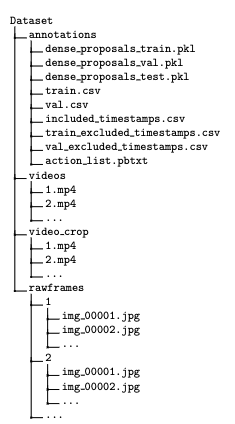Selector
import UIKit
private extension Selector {
static let open = #selector(TestViewController.open(sender:))
}
class TestViewController: UIViewController {
override func viewDidLoad() {
super.viewDidLoad()
let openBtn : UIButton = UIButton()
openBtn.addTarget(self,action: .open,for: .touchUpInside)
view.addSubview(openBtn)
}
@objc fileprivate func open(sender: UIButton) {
}
}
用Extension的方式去扩展Selector,在会使用到Selector的情况下,调用是极其优雅的。比如UIButton的Action,Notification等
UIView....
在写一个view的时候,通常是这样去写的,
let view : UIView = UIView() view.backgroundColor = .red
但其实,还可以用另外一种写法:
let view : UIView = {
let tempView : UIView = UIView()
tempView.backgroundColor = .red
return tempView
}()
这样写,其实可以很好的隔离代码,看起来也更加方便。
另外,Objective-C也有类似的写法。
UIView *view = ({
UIView *tempView = [[UIView alloc] initWithFrame:CGRectMake(0,200,200)];
tempView.backgroundColor = [UIColor yellowColor];
tempView;
});
常量,还有一些什么鬼
Swift的Struct去定义一些常量等是比较方便的。比如UIFont.
在UI开发中,经常会用到一些字体。Objective-C中,比较常用的是用宏。但是宏在Swift中是无法使用的,所以使用Struct去定义一些常用的UIFont,也是比较方便的,另外,在使用上也是更加优雅。
// 定义这样的一个结构体
struct Fonts {
static let content : UIFont = UIFont.systemFont(ofSize: 14.0)
}
// 使用
titleLabel.font = Fonts.content
同样,也适用于UIColor,比如
// 定义这样的一个结构体
struct Colors {
static let title : UIColor = UIColor(red: 190.0/255.0,green: 180.0/255.0,blue: 170.0/255.0,alpha: 1)
}
// 使用
label.textColor = Colors.title
对于UIFont和UIColor,其实也可以使用 extension,对其进行扩展。在使用上,也更加原生优雅。比如UIColor
extension UIColor {
static let title : UIColor = UIColor(red: 190.0/255.0,alpha: 1)
}
label.textColor = .title
for-in
在Objective-C中,写一个for循环,应该是——
for(int i = 0; i < 5; i++ ) {
}
但是在Swift中,写for循环大多数快速遍历的形式——for-in。其实,这个在Objective-C中,也是存在的。但是在Swift里面,则多了一些变化,在配合上 where关键字的使用,也是极大的方便。
let arr = [1,2,3]
// 第一种方式
for element in xxArr {
print(element)
}
log:1
2
3
// 第二种方式,如需使用到 序号
for i in 0..<arr.count {
print("\(i):\(arr[i])")
}
log:0:1
1:2
2:3
// 第三种方式
for (index,element) in arr.enumerated() {
print("\(index):\(element)")
}
log:0:1
1:2
2:3
如果,配合上where的话,可以进行一些条件的判断等
for (index,element) in arr.enumerated() where index < 2 {
print("\(index):\(element)")
}
log:0:1
1:2






